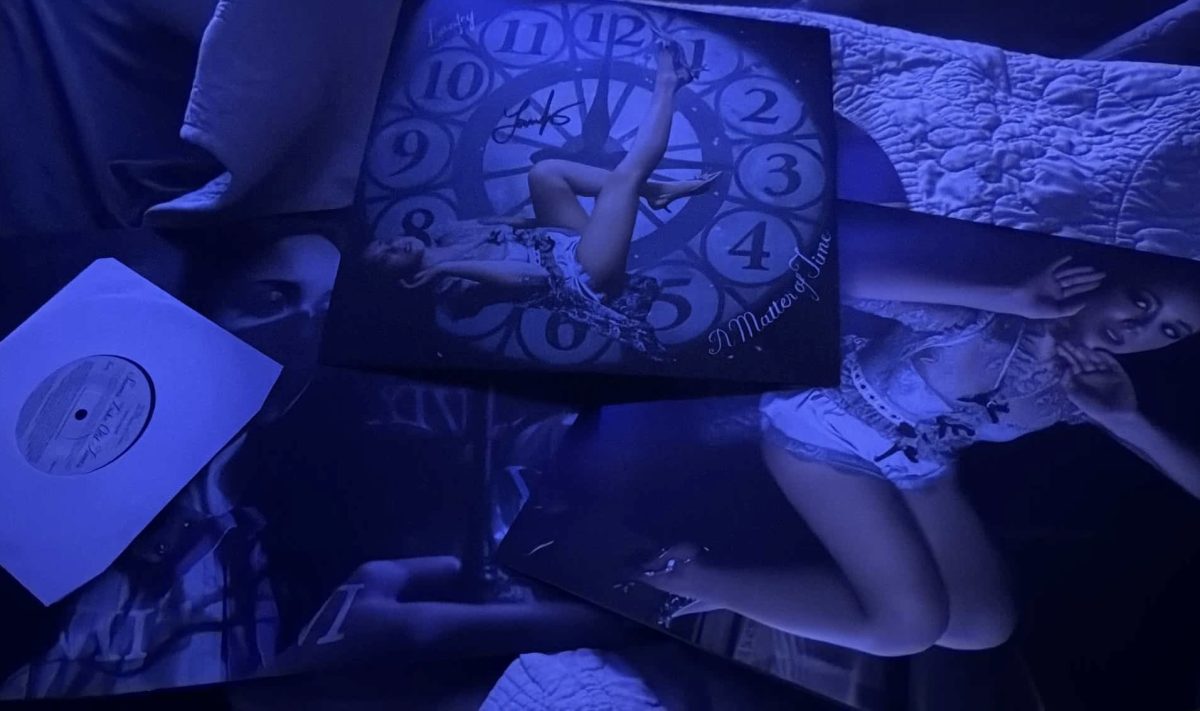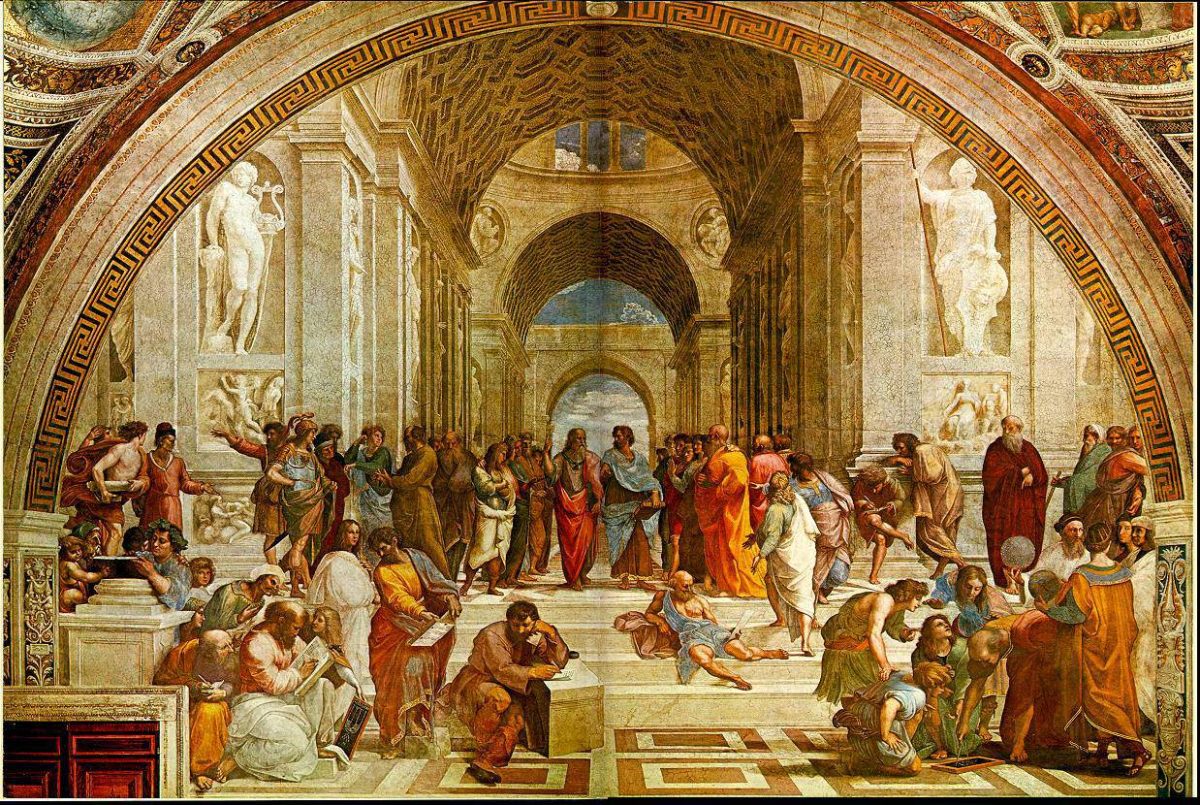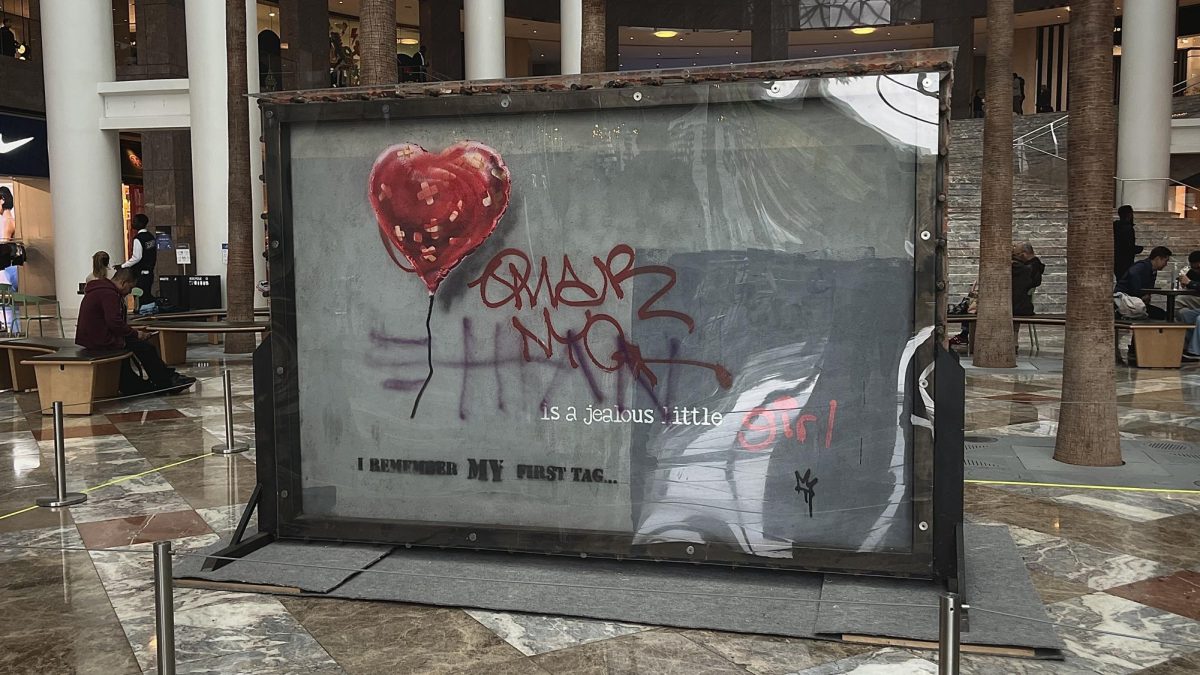Sleep No More is a highly interpretive piece. Actors favor motion over speech, often breaking into dance when their music starts to play. Maxine Doyle’s choreography is bewitching but can become a little repetitive.
What is truly magical is Stephen Dobbie’s sound design which accompanies such movement. The transitions are clean, the timing impeccable, and the suspenseful Hitchcockian tracks were chased with period tunes to break the tension.
What is truly most impressive about this Punchdrunk production is the skillful coordination of the narrative loops which revolve around the music and sound cues. Without an attentive ear, it is almost impossible to track where the music repeats, but it must because all of the storylines have points where they dance or even mouth the words to a song.
There is but one bone to pick with Punchdrunk’s production of Sleep No More: the price. The factors that makes this show unique is also what makes the price difficult to accept. The ability to choose your own path is priceless, but with several story loops it is literally impossible to see all of them in one go.
So instead of paying a lofty fee to experience something just once, audience members are tossed out too soon with burning questions and no sense of closure. To expect audience members to pay over 100 dollars per ticket and only get to see a portion of the show feels something like a scam.
It would be wrong to continue singing the praises of Sleep No More in a student newspaper without emphasizing this barrier to entry.
Overall, Sleep No More delivers on every aspect of storytelling. There is a mastery to the craft on both a micro and macro level and an understanding of the human condition.
If only every human could have a chance to see it.








